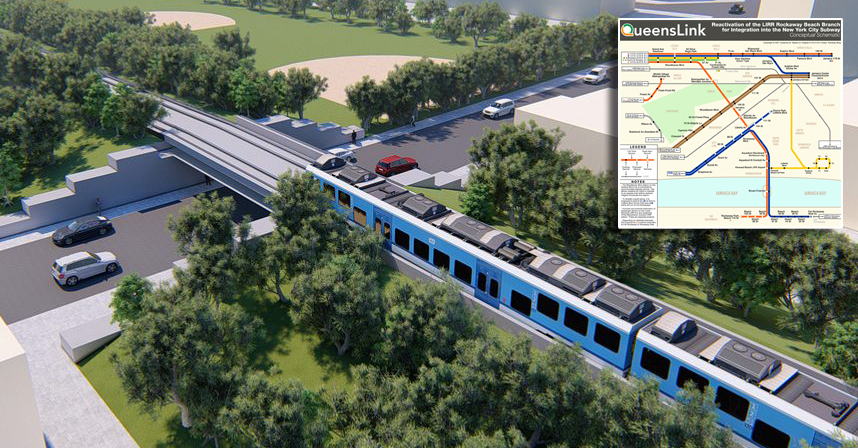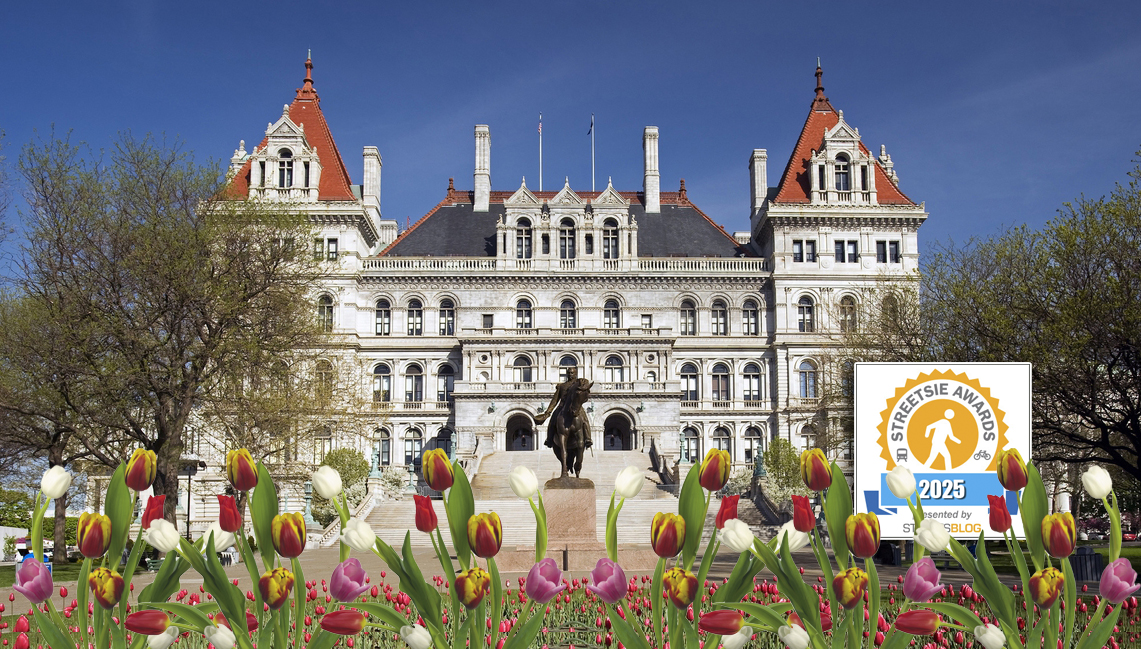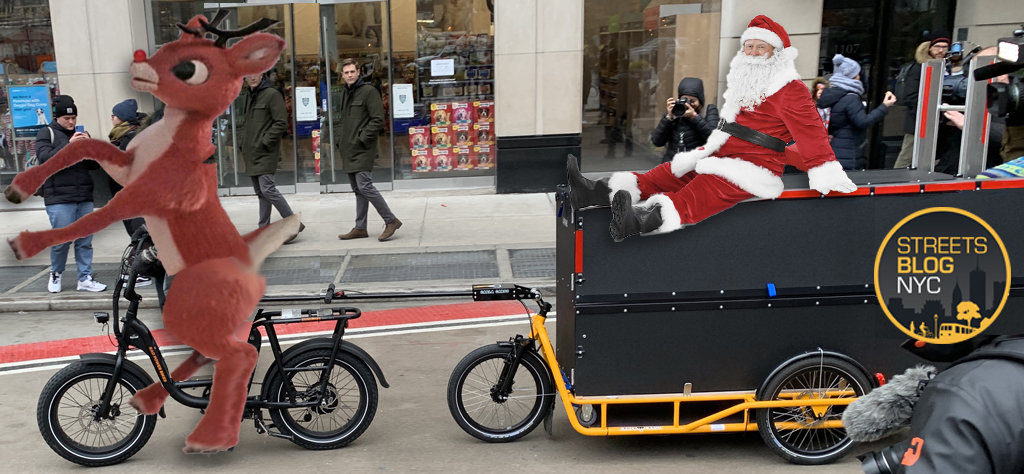
Airline safety has improved dramatically in the last 10 years, after two 1996 crashes killed 375 people.
“This is the golden age of safety, the safest period, in the safest mode, in the history of the world.”
That's Marion C. Blakey, former administrator of the Federal Aviation Administration, speaking last month just before the end of her five year term. As today's New York Times reports, Blakey presided over the FAA during the last half of a 10 year period in which fatal airplane crashes in the United States dropped by 65 percent, to one fatal incident per roughly 4.5 million departures.
There have been no fatal airliner crashes involving scheduledflights this year in the United States and just one fatal accident: amechanic who was trying to close the cabin door of a chartered Boeing 737 on the ground in Tunica, Miss., fell to the pavement during a rainstorm.
Airline safety improvements over the past decade can be credited in large part to a government directive issued after two 1996 crashes -- TWA 800 off Long Island and ValuJet 592 in the Florida Everglades -- killed a combined 375 people. Yet there is no such action demanded to address the ~42,000 auto-related deaths that occur on domestic streets, roads and highways every year.
Mark Rosenberg, founder and former director of the National Center for
Injury Prevention and Control at the Centers for Disease Control and
Prevention, wants to change that. A proponent of the Swedish-born "VIsion Zero" (as in zero roadway deaths) movement, he has evidence to prove it can be done, writes Washington Post columnist Neal Peirce.
Traffic deaths, Rosenberg insists, constitute an epidemic we canprevent. Sweden has succeeded, driving its yearly toll down to 440,lowest since World War II. Annual traffic-related deaths of children,once 118, sank to 11 at last count.
How did the Swedes do it? Tough seat belt and helmet laws, to besure. But they've also begun to remake their roadways. Red lights atintersections (which encourage drivers to accelerate dangerously to"beat the light") are being replaced with traffic circles. Four-foothigh barriers of lightweight but tough Mylar are being installed downthe center of roadways to prevent head-on collisions. On local streets,narrowed roadways and speed bumps, plus raised pedestrian crosswalks,limit speeds to a generally non-lethal 20 miles an hour.
Britain, New Zealand and the Netherlands are alsoregistering major success with safety redesign and tough roadway rules.New Zealand cut its death rate by 50 percent in 10 years. But in theUnited States, we're "stuck," notes Rosenberg, at 42,000 to 43,000deaths a year, adding:
"If those 42,000 deaths came from air accidents, air trafficwould come to a screaming halt, all airports closed until we fixed theproblem. But because our staggering numbers of road deaths come in onesand twos, they don't get attention. Fatalism is our biggest enemy."
Photo: ATIS547/Flickr





